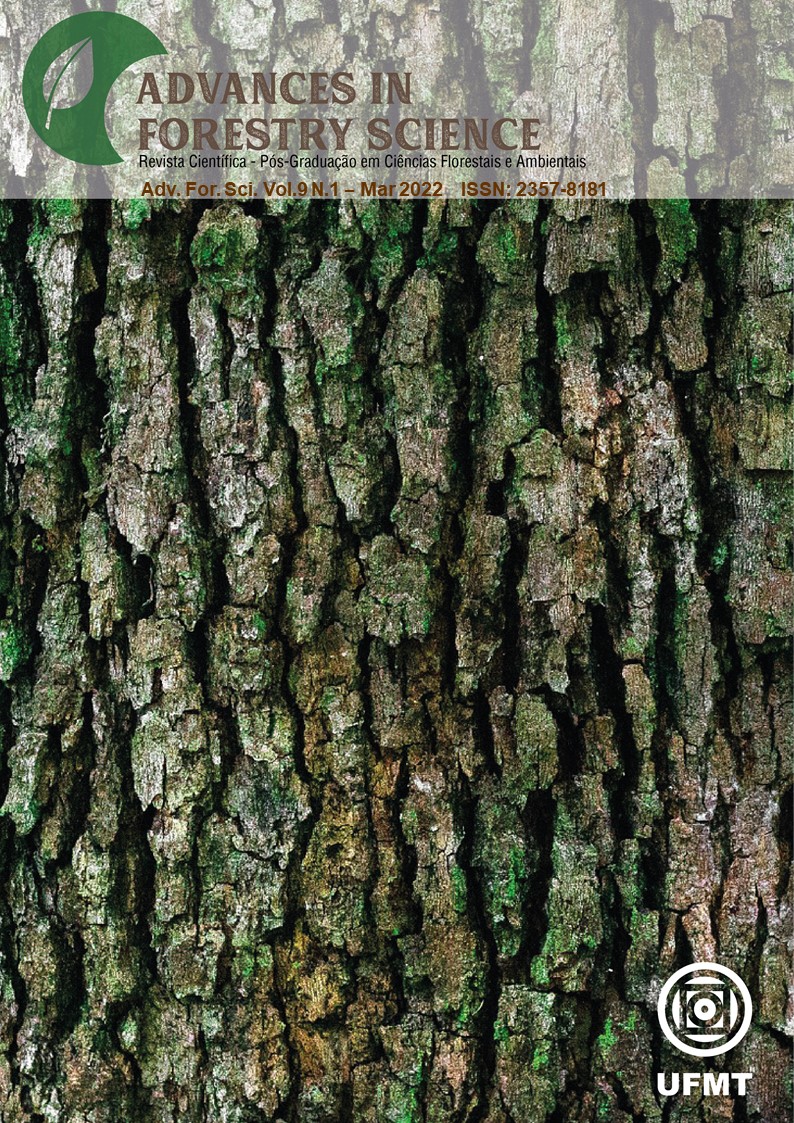Timber housing economy in Brazil: 2013 to 2022 scenarios and crises
DOI:
https://doi.org/10.34062/afs.v9i1.11713Abstract
Timber housing sector has several features and is essential for civil construction and forestry chains. In Brazil, the economy related to timber housing is still an unprecedented topic. Thus, the paper aimed to estimate scenarios to delimit the annual volume of this sector. Three years were studied from rare data available in the literature. From these national outcomes, projections for next years were developed. Multiple case approaches composed the literature-based methodology. As a result, the sector endured distinct internal and external economic instabilities, whose associated factors compiled political and sanitary crises, specially, with negative influences. The economy of timber housing reached an average about 500 million Dollars in 2014, being halved in 2015 due to the government crisis marked by the impeachment of the Brazilian president. From 2016 to 2019, small improvements were verified for this sector. In 2020, this favorable scenario was stagnated by the global Covid-19 pandemic. After 2021, a sectoral recovery is forecast based on positive expectations on the Brazilian economy. The two-year period of domestic presidential impeachment was more economically catastrophic than the current three-year phase of sanitary pandemic with global implications. From our economic forecasts, it was possible to attest that the Brazilian sector of timber houses is economically perceptible.
Downloads
Downloads
Published
Issue
Section
License
All copyright must be assigned to the Federal University of Mato Grosso.

